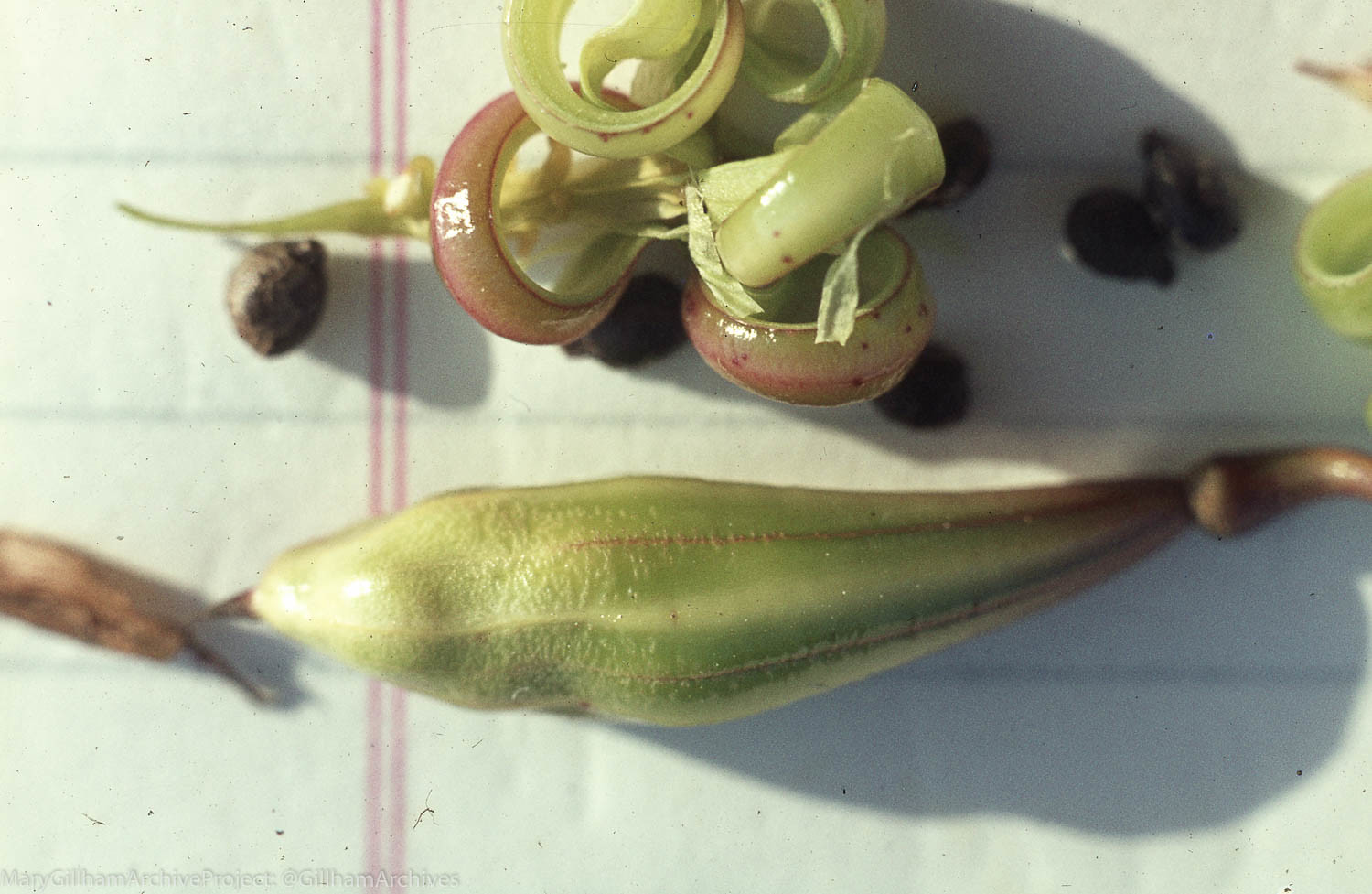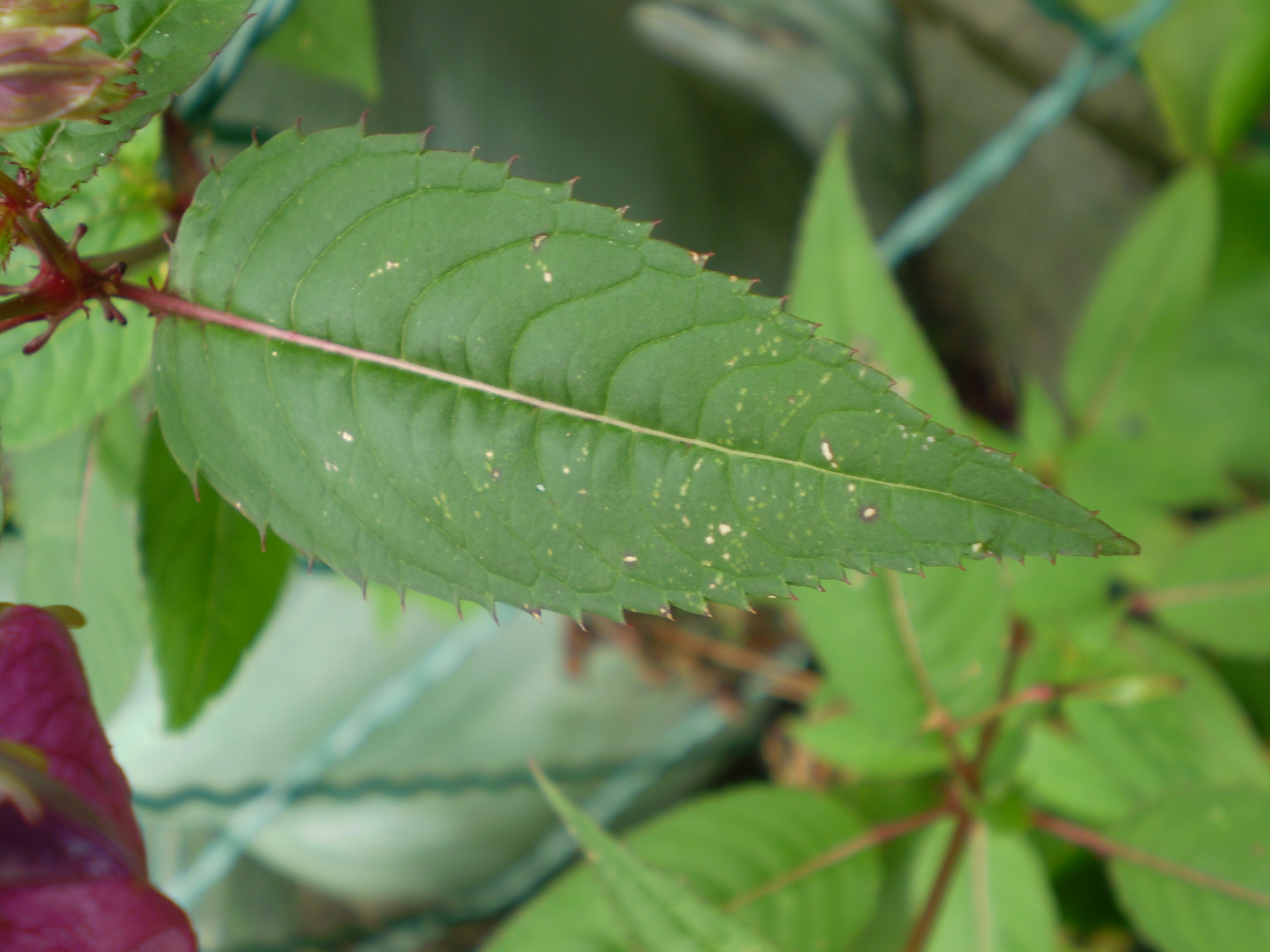Himalayan Balsam (Impatiens glandulifera)
.jpg)
Propagation professional

Invasive?
The Himalayan balsam is originally from the Himalayas and was brought to Europe as an ornamental plant. It has a very professional way of spreading ( watch the Video) and that is what makes it so dangerous to native plant life, as it threatens to out compete other plants. The flowers of the Himalaya balsam have the highest nectar production in Europe and attract numerous pollinators.
Since the end of the first decade of the 21st century, the Himalayan balsam has been increasingly spreading across the landscape, leaving riverbanks and colonizing other habitats such as roadsides and forests. An example of this is the Our valley between Stolzembourg and Dasbourg-Pont, where the balsam has managed to "jump" over the main road, climb the steep slopes and "invade" the oak forests. Meanwhile, Impatiens glandulifera also occurs in many forests and forest edges. Over the past 20 years, the spread of I. glandulifera into forest habitats has accelerated and may have been aided by the strong dispersal tendency of riparian populations, major anthropogenic or natural disturbance of forest ecosystems, increased use of forestry equipment capable of transporting seeds, and the high environmental tolerance of the species. Impacts of I. glandulifera in forest habitats may include negative effects on native plant and mycorrhizal fungal diversity. I. glandulifera may also have a negative impact on the growth of planted forest plants.
Where?
Found frequently in masses especially on the banks of many waterbodies, but also on roadsides, slopes, cities and forests. It prefers moist and relatively nutrient-rich soil.
Appearance?
The Himalayan balsam is an annual plant, it can be found from spring to summer. It grows quickly and can grow up to 3 meters high. The leaves grow opposite and are strongly serrated. The white, purple or pink flowers grow in flower groups (inflorescences) of 2- 14 flowers. The stem is mostly reddish, hollow and hairless.
Video of bursting capsule fruit
.jpg)
"Impatiens glandulifera Royle" by Udo Schmidt is licensed under CC BY-SA 2.0.

Impatiens glandulifera 0.05 R by Rob Hille is licensed under Public Domain
Media
This website uses no external trackers, no analytics, just session cookies and values your online privacy.
